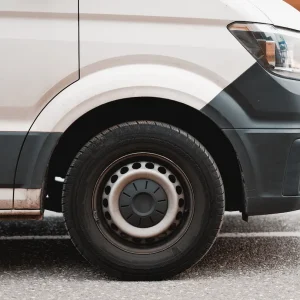Telematics firm TomTom’s main focus of attention at the show was its OptDrive 360 development, which coaches drivers in safer and greener techniques rather than just reporting back to employers.
The system offers real- time predictive advice on elements such as costing and gearchange, using the typography of the road to make suggestions, as well as giving the driver feedback on speeding, driving events, idling, fuel consumption, green speed, coasting, gear shifting and constant speed.
“It’s moving towards a far more proactive coaching approach. There have been systems that tell you you’re not doing well – with light bars in the cabin – but it doesn’t say why or how to improve,” TomTom’s corporate sales manager Vernon Bonser told What Van? “Drivers can retrospectively get access to everything their back-office is seeing and that takes the ‘big brother’ element out of it.”
Drivers can also compare the data with their previous journeys and track personal bests.
The system is due to launch at the end of May and will be available as a free update to existing users’ Drive 360 systems, although the drivers’ terminals will also need to be updated to obtain the feedback element.
TomTom has also launched its own ruggedised tablet, allowing customers to use
the same system in the vehicle and also for other elements of their business.
Based on the android operating system, the seven- inch tablet is designed to survive a 1.5m drop onto concrete, and Bonser described it as “the future of telematics”.
The company is working with 98 providers to develop software covering signature capture, workflow systems, and daily vehicle inspections and pictures. It also incorporates nearfield communication, so can identify individual tags that can be placed on a driver’s identification card and automatically log which person was driving which vehicle at what time.
Bonser told What Van? the tablet will cost up to £450 depending on the model, which is up to £250 more than the standard TomTom unit.





